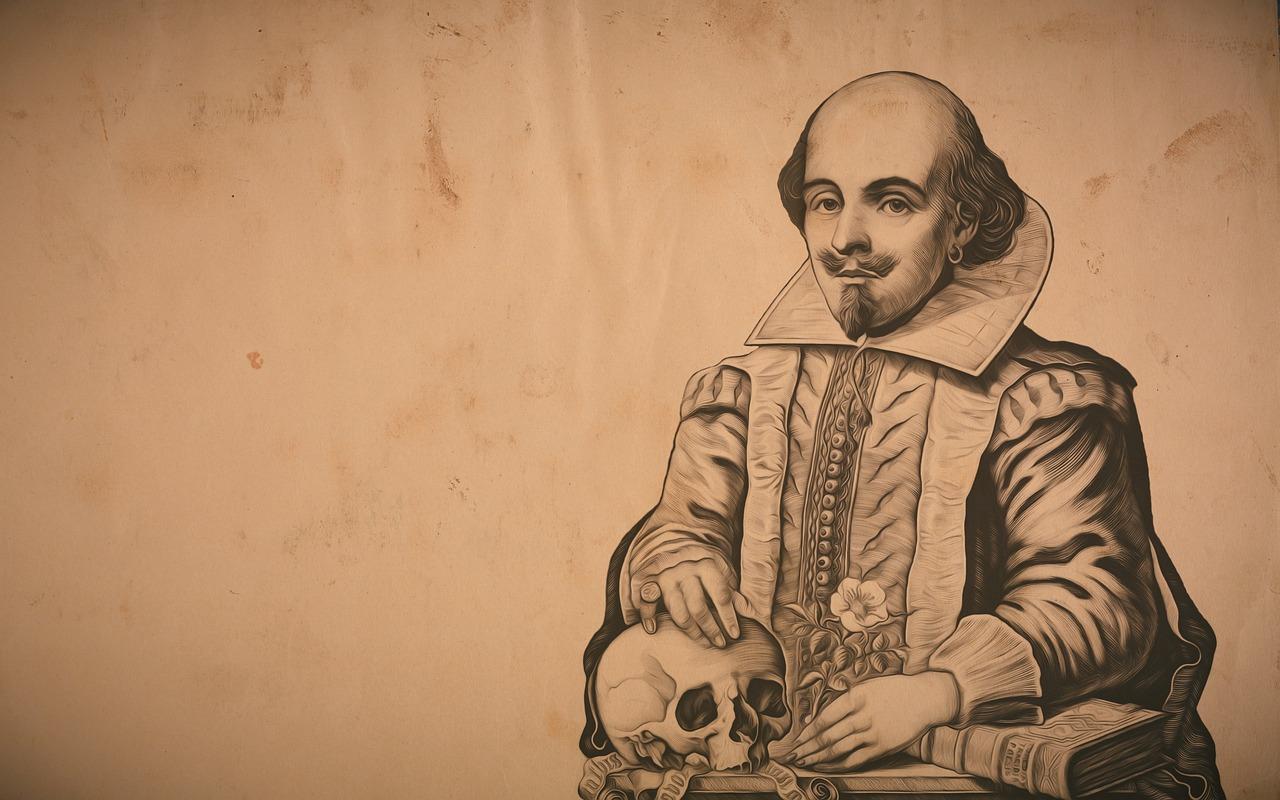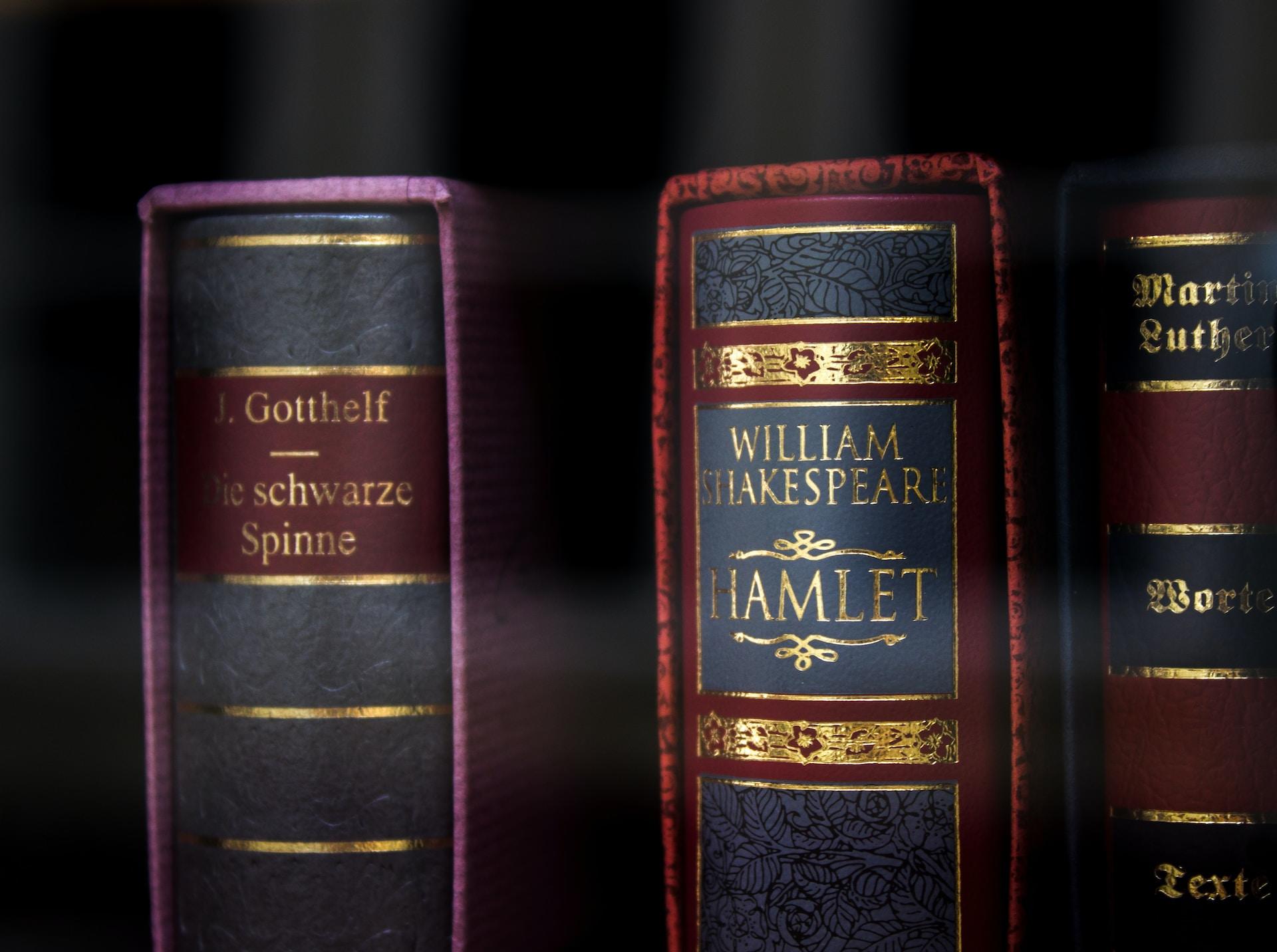William Shakespeare's sonnets are some of the most beloved poems in the English language. They were once used for inspiration to win the heart of his love, and for more than 400 years now, have been read, analysed and reinterpreted in many different ways.
Even today, he is considered a symbol of poetry and his writings are still studied and reinterpreted by thousands.
Want to give private lessons?
Join the Superprof community and share your knowledge with inquiring and motivated students.
Who is William Shakespeare?
William Shakespeare (1564-1616) was an English playwright and poet widely considered to be one of the greatest writers of English language literature ever and one of the world's premier dramatists. He was born on 23 April 1564 to John and Mary Shakespeare and was the oldest of five siblings.
His father, John, was a leatherworker and had his own business. At the age of five, John became a town Bailiff. William was privileged in his early school years and until the age of 15, William attended a grammar school. The curriculum consisted of memorisation, writing and acting in plays.
He was married in 1582 to Anne Hathaway and had three children. He moved to London after 1585 and pursued his career as an actor and started performing in theatre. Over the years he built a strong career in acting and writing and became increasingly famous for his work.
His extant works, including collaborations, consist of approximately 39 plays, 154 sonnets, three long narrative poems, as well as other verses whose authorship remains uncertain; these plays have been translated into nearly every major living language and performed more frequently than any other playwright's works.
He is considered England's national poet and known as the "Bard of Avon".

William Shakespeare is widely considered one of the greatest playwrights ever, his plays are still being performed worldwide and read by millions of readers - yet much remains a mystery when it comes to understanding him.
On 23 April 1616, his birthday, Shakespeare died of unknown causes.
Peculiar that he died on his birthday, isn't it?
Do you prefer classical poetry or do you enjoy exploring modern poetry created on social media by poets such as Yung Pueblo, Nikita Gill, and Rupi Kaur.
Love Poems By Shakespeare
Did you know that Shakespeare dedicated his first 126 sonnets to a young boy named simply The Fair Youth?
The Fair Youth has never been identified. Shakespeare's relationship with the young man is not known. Others have suggested that the speaker is a creation, and may not be based on Shakespeare's emotions or experiences.
In his early London days, William published a long poem called Venus and Adonis. This was perhaps his first publication and with this poem he launched his career as poet. This beautiful poem tells the story of unrequited love between Venus, a goddess, and Adonis, a mortal human.
Enjoy the beauty of Shakespeare's best love poems. From his sonnets and lesser-known pieces that are equally as poignant, capture the essence with lyrical elegance.
Shakespeare's love poems are a powerful way to experience The Bard's poetic legacy. We have selected Sonnet 18, which is believed to be the best-known poem written by William Shakespeare, and Sonnet 141 that will warm your heart to share with you:
Sonnet 18: Shall I Compare Thee to a Summer’s Day?
Sonnet 141: In Faith, I Do Not Love Thee With Mine Eyes
In faith, I do not love thee with mine eyes,
For they in thee a thousand errors note;
But 'tis my heart that loves what they despise,
Who in despite of view is pleased to dote.
Nor are mine cars with thy tongue's tune delighted,
Nor tender feeling to base touches prone,
Nor taste, nor smell, desire to be invited
To any sensual feast with thee alone;
But my five wits, nor my five senses can
Dissuade one foolish heart from serving thee,
Who leaves unswayed the likeness of a man,
Thy proud heart's slave and vassal wretch to be.
Only my plague thus far I count my gain,
That she that makes me sin awards me pain.
You will no doubt study some of Shakespeare's sonnets at school, along with poems written by South African poets.
Want to give private lessons?
Join the Superprof community and share your knowledge with inquiring and motivated students.
William's Narrative Poems
A narrative poem is a poem that tells a story and Shakespeare was an accomplished narrative poet indeed. Another poem worth mentioning that he gifted the world, also called a 'complaint' poem, was The Rape of Lucrece. This poem was published a year after his previous narrative poem, The Venus and Adonis.
This narrative poem is about Lucretia, a legend noblewoman of ancient Rome. She was the wife of a Roman aristocrat and was raped by the son of the King of Rome. Lucrece committed suicide.
William used this historic happening as a basis for his poem. But why write a poem about such a tragedy? This event was a significant turning point in Roman history. This proved as evidence of corruption of the King of Rome and led to the overthrow of the King and the establishment of the Roman Republic.
What Was William Shakespeare's Poetic Style?
Shakespeare's poetic style was influenced by several important literary figures, including John Milton, Christopher Marlowe and Edmund Spenser. His early plays show signs of imitating other poets, particularly Marlowe's use of blank verse and Petrarchan sonnet forms.
However, by the time he wrote his later plays such as "A Midsummer Night's Dream" and "The Tempest," Shakespeare had developed a unique style that incorporated elements of all three poets' work while also reflecting his own unique voice.
Shakespeare's poems have certain qualities that make them unique:
His use of language.
In addition to being an English language expert, Shakespeare had an amazing vocabulary.

He invented words, used puns and wordplay, and used foreign phrases to add interest to his writing.
And if you don't know what "puns" or "foreign phrases" are, don't worry — it just means that Shakespeare was very creative with the words he chose and how he used them.
His use of rhythm and rhyme scheme. When people say "rhyme," they usually think of two lines which end in the same sound. But Shakespeare also uses slant (or off-centre) rhyme, which means that not all of his lines end with the same sound.
His use of rhythm and rhyme was to make his poems more interesting for readers. He also often used imagery and symbolism to convey his messages in such a way that it made an impact on readers.
Shakespeare's sonnets consist of 14 lines, divided into three quatrains and a concluding couplet. The rhyme scheme is known as the 'English' sonnet. Shakespeare's sonnets use alternate rhymes within each quatrain to create powerful oppositions between different lines and different sections, or to develop a sense of progression across the poem.
In his plays, William Shakespeare employed blank verse — unrhymed iambic pentameter — with vivid imagery and puns. His poetry had ten syllables per line; each second syllable was supposed to be stressed. In his early plays, the blank verse differs from that used in his later work.
Shakespeare's style has been described as "transcendent" because it transcends time and place; it is universally accepted by all nations across all eras as a literary masterpiece that cannot be replicated by anyone else.
Check out how poetry has evolved in our digital age, with our article on Instapoetry.
What About His Plays?
Shakespeare's earliest works were comedies and historical plays, such as Henry VI and The Comedy of Errors. His famous play, Romeo and Juliet, came to life in 1596. Over the next 12 years, he returned to this form and wrote the plays that he is best known for:
- Julius Caesar
- Hamlet
- Othello
- King Lear
- Macbeth
- Antony and Cleopatra
Shakespeare's final years saw him turn to romanticism with The Tempest, The Winter's Tale and The Cymbeline.
Sir Thomas More was another play Shakespeare was involved in writing with several playwrights. This play was originally written by Anthony Munday and Henry Chettle and it wasn't until later that is was revised. Shakespeare was one of the playwrights to revise the play.
In his lifetime, Shakespeare wrote over thirty plays. His plays were divided into four main categories. histories, comedies, tragedies, romances
In his lifetime, only 18 of Shakespeare's plays appeared in separate quarto editions. A complete collection of Shakespearean works was not published until 1623 when the First Folio was published. Shakespeare's contemporaries were aware of his achievements.
Want to give private lessons?
Join the Superprof community and share your knowledge with inquiring and motivated students.





